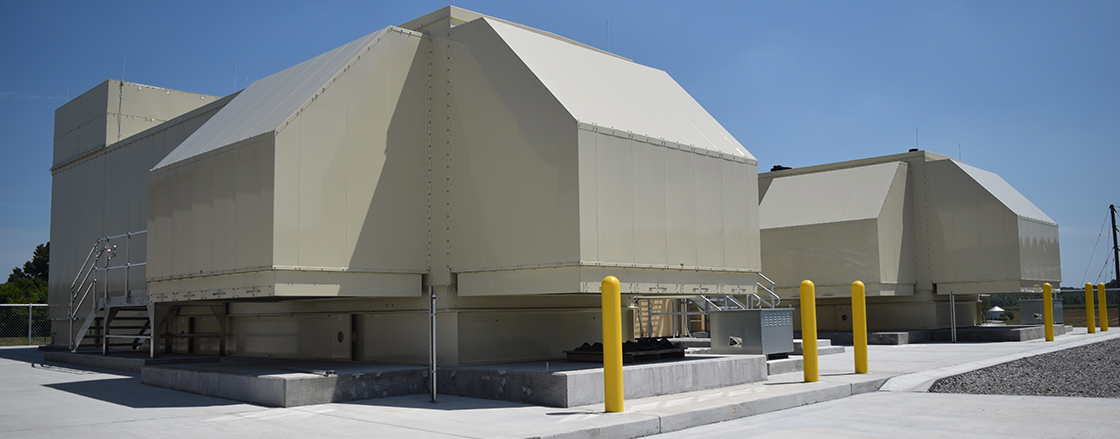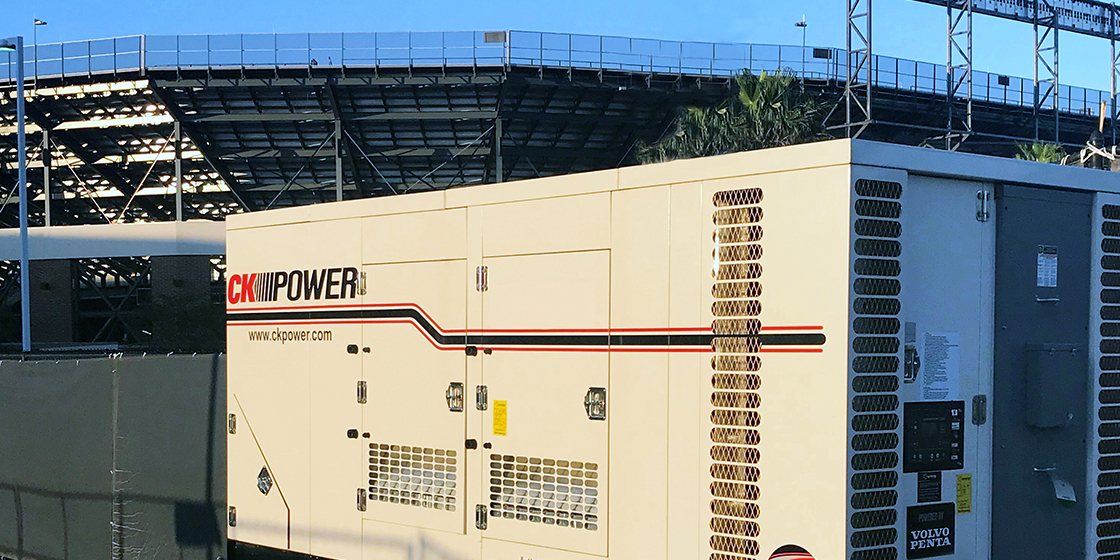Mention “power grid cyberattacks” at a party and you’ll probably get a few smirks. It’s too easy to dismiss the subject as a far-fetched dystopian nightmare.
In fact, former secretary of defense Leon Panetta was widely criticized for a 2012 speech that forecasted the fallout of cyberattacks on critical infrastructure — from derailed trains to paralyzed financial institutions, water contamination to electrical blackouts.
But the truth is, we live in a reality where cyberattacks happen all the time. And malicious actors aren’t just a distant threat — they’re at our doorstep.
A 2016 power grid attack in Ukraine left hundreds of thousands without electricity. Five years ago, hackers successfully disrupted internet service across the United States and Europe. And just last year, digital criminals targeted Colonial Pipeline, triggering panic buying and gas shortages across the Eastern US. There are countless more examples.
Of course, it’s the responsibility of every critical infrastructure organization — power, water, communications and more — to practice proper cyber hygiene.
But… what if they don’t?
That risk means it’s up to you to harden your own facility against the effects of an attack on any of these industries. And one of the best ways to do that? Backup offline generators.

Backup generators can’t stop cyberattacks, but they’ll keep your lights on
Even if you’re not the direct target of cyberhackers, the fallout of one can still affect you.
Let’s talk worst-case scenario: a power grid attack that leaves thousands without power.
At best, power outages are inconvenient. Lights quit working, computers can’t turn on and escalators freeze. When outages affect banks, customers can no longer pay bills, withdraw cash or swipe their debit cards for groceries. It also leaves banks open to fraud by opportunists who may impersonate customers to access their accounts, which is more than a mere inconvenience.
But for other service providers or businesses, power failure just isn’t an option. When electrical outages occur during blizzards, thermostats become useless and endanger thousands of people. If places like hospitals or surgical centers lose power, life-saving machinery like ventilators or incubators cannot function and the price of downtime can literally cost human lives.
Offline backup generators create a source of emergency power that immediately compensates for shutdowns. Many kick in automatically, which means service at your facility — whether it’s a waste treatment plant or a 911 call center — is never disrupted.
This concept is called power redundancy, and it’s critical.

Emergency power is available across three fuel sources (diesel, natural gas or battery) and three broad categories:
- Prime running power (PRP)
These generators can run around the clock at around 80% max capability. In rare overload situations, prime power gen sets can handle loads of 10% over their rated output, so long as it is not overloaded for more than 1 hour in a 12-hour span, or 500 hours per year. With proper maintenance, there is no cap on how many hours you may operate. - Continuous operating power (COP)
Though similar to prime power, generators with continuous power ratings do not allow for varying loads or overload capability. A generator rated for continuous power can be run for an unlimited number of hours per year, but at lower loads than prime power generators. They should be run at about 70% of the maximum rating on average, and never overloaded. - Emergency standby power (ESP)
A generator rated for standby power should only be used in true emergency situations, and never in parallel with utility lines. Standby generators should be run for no more than 200 hours per year at 80% of their rated maximum output.
The trouble with generators is that they’re not one-size fits all solutions. A 911 call center in Atlanta will have different capacity needs than a 911 call center in rural Missouri. This is where a trusted power systems provider can make a huge difference. An experienced partner can provide guidance based on your needs, including exploring custom generator systems tailored specifically for your facility.
What does your ideal generator look like?
We have created custom power solutions for major telecommunications corporations, hospitals and more throughout the Midwest and beyond.
Working with an experienced power systems provider can help address lingering concerns about backup generator systems, including:
- Space constraints
- Sound attenuation
- Regulatory standards
- Maintenance plans
- Price
CK Power has the scale, expertise and flexibility to find solutions for your unique power needs, and we’ll maintain your fleet of products from cradle to grave.
Learn more about our custom power solutions.
Ready to start protecting your own facility? Contact us today.